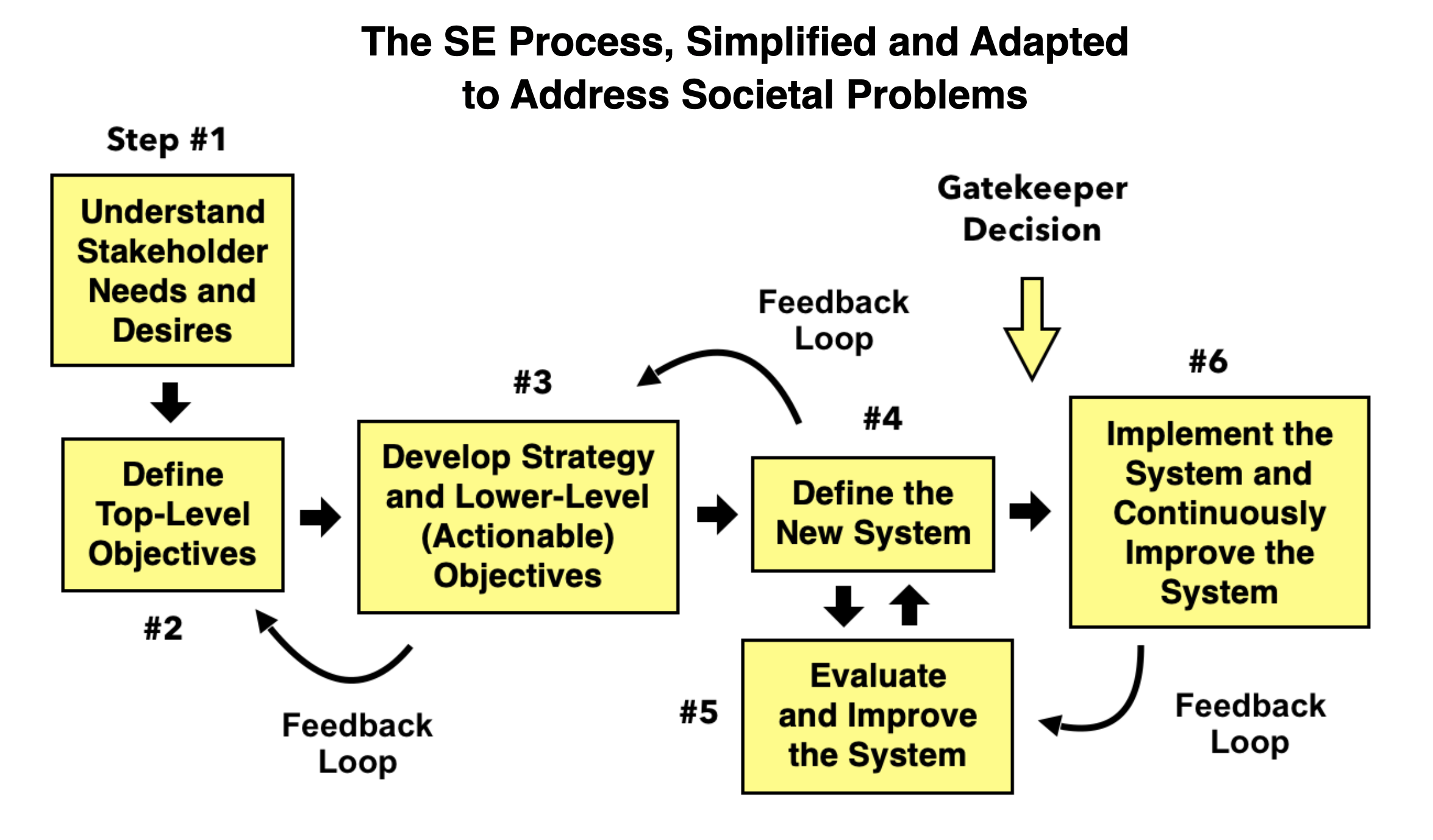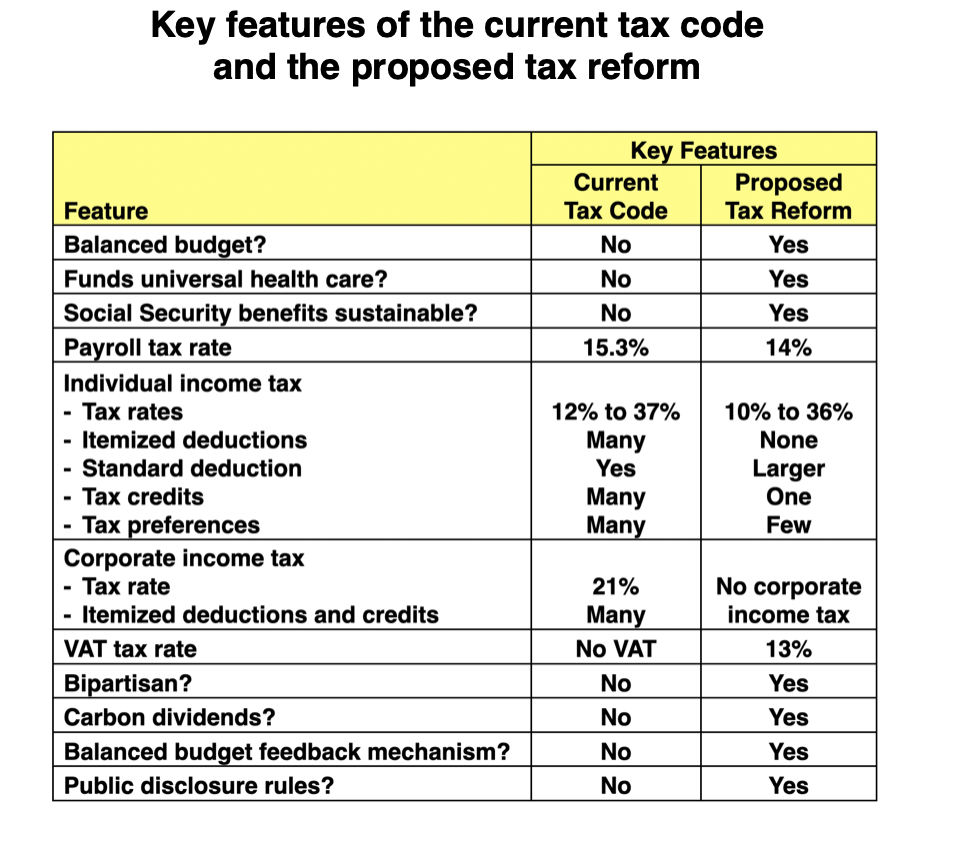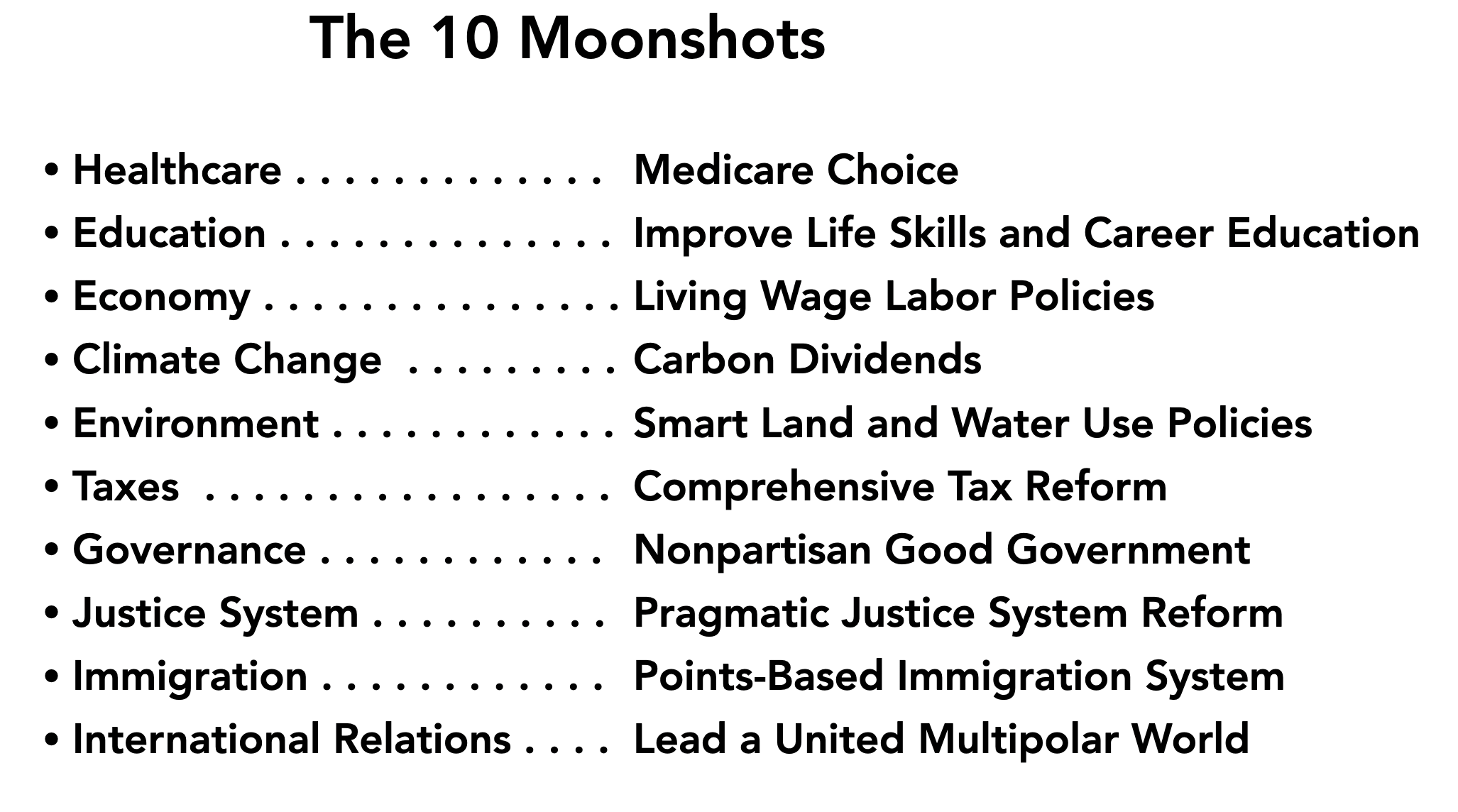Welcome to My Website!
 Hi. I'm Jim Hartung.
Hyper-partisan politics is dividing America. Lawmakers and policymakers need a process to overcome partisan politics and address our most serious problems. This is a daunting task, since so many forces are pulling us apart. We need better processes to bring us together!
I have developed a new approach to address this age-old problem, using systems engineering (SE), the process engineers use to develop complex products such as aircraft and spacecraft. SE has been used successfully in science, technology, industry, and business for over 80 years. It is a core process for engineering, just as the scientific method is a core process for science.
SE is an inherently nonpartisan process because it (1) considers the needs of all stakeholders and uses facts and data to optimize a product or system and (2) balances opposing interests, conflicting objectives, and many constraints.
I have used systems engineering (SE) for nearly 40 years while working in the aerospace and energy industries. Some people believe that SE works best on technical programs with little political pressure. However, my experience suggests that SE is even more important in highly political programs like the International Space Station because it uses facts and data to decrease the role of (sometimes irrational) politics in decision-making.
Hi. I'm Jim Hartung.
Hyper-partisan politics is dividing America. Lawmakers and policymakers need a process to overcome partisan politics and address our most serious problems. This is a daunting task, since so many forces are pulling us apart. We need better processes to bring us together!
I have developed a new approach to address this age-old problem, using systems engineering (SE), the process engineers use to develop complex products such as aircraft and spacecraft. SE has been used successfully in science, technology, industry, and business for over 80 years. It is a core process for engineering, just as the scientific method is a core process for science.
SE is an inherently nonpartisan process because it (1) considers the needs of all stakeholders and uses facts and data to optimize a product or system and (2) balances opposing interests, conflicting objectives, and many constraints.
I have used systems engineering (SE) for nearly 40 years while working in the aerospace and energy industries. Some people believe that SE works best on technical programs with little political pressure. However, my experience suggests that SE is even more important in highly political programs like the International Space Station because it uses facts and data to decrease the role of (sometimes irrational) politics in decision-making.
 The SE Process
The SE Process
Until now, SE has been used primarily to develop physical products and systems. However, I have developed a simple six-step process for using SE to create practical, nonpartisan solutions for complex social, economic, environmental, and political problems.
Steps #1 and #2 require anyone using this process to put aside ideology, at least for a while, and focus on (1) understanding the needs and desires of all stakeholders and (2) synthesizing these needs and desires into top-level objectives. This broadens the mind and increases empathy for opposing viewpoints.
Step #3 requires creative thinking to develop a strategy that achieves the top-level objectives and key stakeholder needs and desires. This forces one to reject ideological strategies that focus on just one or two objectives and develop a balanced approach that all stakeholders can support.
Steps #4 and #5 use the strategy developed in step #3 to define the new or improved system. To optimize the system, it is evaluated against the objectives, key stakeholder needs and desires, and other potential solutions. This forces one to consider alternatives, address deficiencies, and improve the proposed solution. Often, this leads to changes in the strategy developed in step #3.
Step #6 is implemented only after a gatekeeper (such as Congress and the president) approves the solution. To provide a check and balance, the gatekeeper must be different from the group developing the solution. The first five steps of the systems engineering process are repeated (ideally, as rapidly as practical) until the gatekeeper approves implementation. After a solution is implemented, the entire six-step process is repeated periodically to continuously improve it, using lessons learned from experience and new facts and data as they become available.
SE Examples
I wrote the book "Rational Tax Reform: Using the Systems Engineering Process to Fix America's Broken Tax System" to illustrate how systems engineering can address complex social, economic, environmental, and political problems. As illustrated in this book, the key to successful tax reform is to find a way to eliminate government waste so the savings can be used for worthwhile purposes, such as restoring Social Security and Medicare to financial health, balancing the federal budget, and funding universal health care. The two most wasteful government policies are 1) healthcare policies, which have created a costly, inefficient, and wasteful healthcare system, and 2) the tax code, which contains many wasteful and counterproductive tax expenditures.  (Tax expenditures are tax exemptions, deductions, exclusions, credits, preferences, and deferrals that result in a loss of tax revenue. These tax expenditures are sometimes called tax loopholes.)
(Tax expenditures are tax exemptions, deductions, exclusions, credits, preferences, and deferrals that result in a loss of tax revenue. These tax expenditures are sometimes called tax loopholes.)
The proposed tax reform decreases waste in the tax code and healthcare systems by 1) eliminating most tax expenditures and replacing them with a significant tax credit for every taxpayer and dependent and 2) replacing the current healthcare system with a more efficient universal healthcare system, which I call "Medicare Choice." The key features of the current tax code and the proposed tax reform are summarized in the figure on the right. By making the tax and healthcare systems more efficient, the proposed tax reform provides sufficient revenue to balance the federal budget, restore Social Security and Medicare to financial health, maintain current and planned defense spending and other government services, and pay for “Medicare Choice” and universal healthcare--without increasing the burden on taxpayers. Making the tax code simpler and fairer will create new opportunities for sustainable economic growth.
You can learn more about this book by clicking here or on its image (above). You can also purchase it from Amazon and most other bookstores.
I have also used systems engineering to develop potential solutions for ten of America's most urgent problems. My proposed reforms are described in "Ten Moonshots to Revitalize America." These ten actions,  summarized in the figure on the right, are practical, nonpartisan solutions that can be implemented today and largely completed in ten years, just like the Apollo program in the 1960s. Please contact me if you want a complimentary copy of this report or to discuss my proposed solutions.
summarized in the figure on the right, are practical, nonpartisan solutions that can be implemented today and largely completed in ten years, just like the Apollo program in the 1960s. Please contact me if you want a complimentary copy of this report or to discuss my proposed solutions.
The Path Forward
SE could become the "go-to" process for lawmakers and policymakers addressing social, economic, environmental, and political problems, just as it is now the "go-to" process for engineers developing complex products and systems.
This may seem like an impossible dream. However, during my career, I have seen how SE has transformed large, complex, highly political programs such as the International Space Station from near-failure to success in just one to two years. So now, I am convinced that Congress and the president can incorporate SE into the lawmaking process and become much more effective in just one or two years. If Congress and the president lead in using the SE process, state and local governments, public policy organizations, policymakers, and international organizations can follow their example. This will help bridge the partisan divide and improve the political process at all levels of government.
Please contact me if you have questions, comments, or suggestions. I am especially interested in helping you or your group if you would like to:
1) use the SE process to address a complex social, economic, environmental, or political problem or
2) discuss how SE can be incorporated into lawmaking or policy-making processes.
 Hi. I'm Jim Hartung.
Hi. I'm Jim Hartung. The SE Process
The SE Process
 (Tax expenditures are tax exemptions, deductions, exclusions, credits, preferences, and deferrals that result in a loss of tax revenue. These tax expenditures are sometimes called tax loopholes.)
(Tax expenditures are tax exemptions, deductions, exclusions, credits, preferences, and deferrals that result in a loss of tax revenue. These tax expenditures are sometimes called tax loopholes.) summarized in the figure on the right, are practical, nonpartisan solutions that can be implemented today and largely completed in ten years, just like the Apollo program in the 1960s. Please contact me if you want a complimentary copy of this report or to discuss my proposed solutions.
summarized in the figure on the right, are practical, nonpartisan solutions that can be implemented today and largely completed in ten years, just like the Apollo program in the 1960s. Please contact me if you want a complimentary copy of this report or to discuss my proposed solutions.